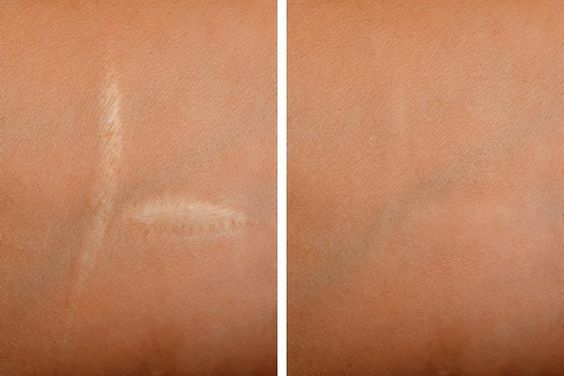A burn is a serious trauma that can cause damage to the skin and tissue and can be life-threatening. Following burn management, promoting wound healing and preventing scarring is a critical rehabilitation process. In this article, we look at rehabilitation after burns, including ways to promote wound healing and prevent scarring.
Burn wounds can be divided into three stages:
Shock stage: After burns, the tissues around the wound will be stimulated by high temperature or chemical substances, causing an inflammatory response, resulting in increased vascular permeability, and loss of fluid and electrolytes, resulting in hypotension and shock. This period is generally within a few hours after the burn, sometimes even as long as tens of hours, and requires immediate medical attention.
Infection period: If a burn wound is not treated promptly and properly, infection can result. The infectious period generally occurs within days to weeks after the burn. Symptoms of infection include redness, pain, warmth, sweating, and shortness of breath around the wound. If the infection is not controlled, it can become serious and life-threatening.
Repair period: After the infection period, the wound begins to heal. The repair period generally lasts from several weeks to several months, during which the wound will gradually heal, the pain will be relieved, and the scar will form. During the repair period, diet, rest, and wound care are required to promote wound healing and reduce scarring.
It should be noted that the staging of burn wounds is not fixed and may change as the condition changes. If any abnormal symptoms appear on the burn wound, seek medical attention in time and receive professional treatment.
promote wound healing
Antibiotics: Antibiotics can help prevent infection after a burn has been treated. Appropriate antibiotics should be selected according to the doctor's advice.
Clean the wound: Wash the wound with warm water and soap, avoid washing with hot or cold water.
Apply burn ointment: Applying burn ointment can reduce pain and inflammation and aid in healing.
Avoid Band-Aids: Band-Aids may restrict blood flow and increase the risk of infection. Band-aids should be avoided after a burn has been treated.
Early mobilization: Early mobilization can promote tissue repair and regeneration, reducing scar formation. Patients should be encouraged to engage in early mobilization.
Scar prevention :
1. It is recommended to use Silicone Scar Dressing:
Silicone gel scar dressing is a dressing used to repair skin wounds and scars. Its main function is to reduce scar production and reduce the discomfort of scars. Here are some rationales for how silicone gel scar dressings can inhibit scarring:
Silicone gel dressings can provide a good moist environment, thereby reducing dryness and friction on the scar surface. During wound healing, a moist environment promotes the growth of granulation tissue, thereby preventing scarring.
Silicone gel dressing can form a protective film to prevent the wound surface from external damage and stimulation, thereby reducing the generation of scars.
The silicone gel component in the silicone gel dressing can absorb the secretions and moisture on the wound surface, and keep the wound surface clean and dry, thereby preventing infection and scarring.
Silicone dressings stimulate the skin's elastin and collagen production, which promotes wound healing and reduces scarring.
In general, silicone gel scar dressings can inhibit scar formation and reduce the discomfort of scars by providing a moist environment, forming a protective film, preventing infection, and stimulating skin regeneration.
2. Need to pay attention to:
Avoid excessive rubbing: Excessive rubbing can damage the skin over the burn, increasing the risk of scarring. Therefore, tight clothing or heavy clothing should be avoided.
Maintain a good diet: A good diet can provide the nutrients needed for skin repair and reduce the formation of scars. Eat foods rich in vitamins C, E, and zinc, such as fruits and vegetables.
Avoid sun exposure: Excessive sun exposure increases the risk of scarring. Therefore, exposure to strong sunlight should be avoided, especially in hot summer.
Regular check-ups: Scars after burns need regular check-ups to ensure that the scars are developing as expected and
For more information on Innomed® Silicone Scar Dressing, refer to the previous articles. If you have customized needs, you are welcome to contact us; we will serve you wholeheartedly. At Longterm Medical, we transform this data by innovating and developing products that make life easier for those who need loving care.
Editor: kiki Jia
Date: June 2, 2023

 English
English عربى
عربى Español
Español русский
русский 中文简体
中文简体








